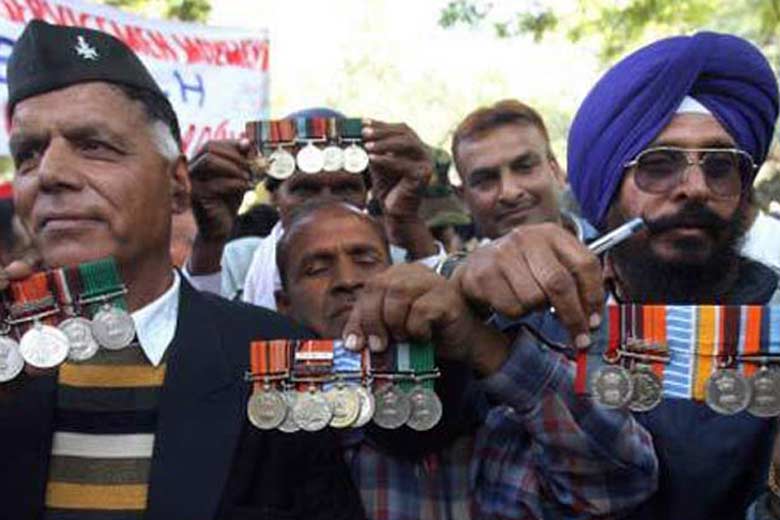By Col (Dr) Tej Kumar Tikoo (Retd.)
07 Nov , 2016
…it can be said that the decade of nineties was diplomatically a testing time for India. Kashmir was in turmoil; the world did not consider the breakout of insurgency there as being sponsored by Pakistan.
However, Pakistan Army, which took the brunt of this strike, both in real and psychological terms, should now onwards be under no illusion about India’s likely reaction any strike is launched by Pakistan-based militant groups on Indian assets across the IB/LoC.
Nevertheless, surgical strikes/ other military responses have their own limitations: most serious being the possibility of such responses cascading into a full-fledged war, which none of the adversaries wants in the first place.
According to an old adage, war is an extension of diplomacy, and all diplomacy centres on protecting a nation’s vital interests at all times and under all circumstances. It is, by its very definition, a dynamic process as the international situation keeps changing all the time.
Ever since independence, Pakistan has been at the core of India’s foreign policy focus. From independence to the late eighties, India and Pakistan were on the opposing sides of the cold war divide. The nineties were a period of flux as the breakup of Soviet Union and emergence of radical Islam as an international threat was just manifesting itself, though India had clearly become its victim, first in Punjab and then in Kashmir. Needless to say, diplomatically, India held its own, except during the nineties, when the breakup of Soviet Union left us friendless.




